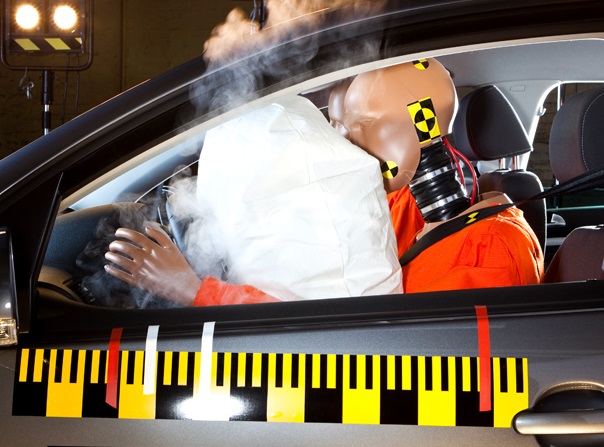Cars are made specifically for adults. But are they made equally for men and women? According to research gathered by A Mighty Girl, female drivers are 73% more likely than male drivers to be severely injured in a car crash and 17% more likely to die. There is one main reason why – and it has nothing to do with that horrible stereotype that women are bad drivers. Most car safety features continue to be designed based on male proportions – and this has a major impact on female safety.
Inequality in Car Development
The bodies of men and women are different, obviously. We buy different clothes and shoes to fit ourselves. We wear different undergarments. If there were only one type of clothing across the board, we might complain a little and we probably wouldn’t appreciate how this affects us physically or aesthetically.
When it comes to cars, though, unequal designs can cost people their lives.
Women have different bone density than men, their abdomens are in a different position in most car seats than a man’s, and women have breasts that affect how a seatbelt covers them and protects them (or not). If a woman gets into an auto accident, her vehicle’s safety features may not benefit her as greatly as they would a man.
Using the Technology That’s Available
There is certainly not a lack of technology where safety and women drivers are concerned. It is possible to better replicate a woman’s unique physiology with sensors to study car features like air bags, foot pedal placement, seatbelt, and potential neck injuries. Former Congresswoman Susan Molinari and Beth Brooke, former global vice chair of public policy at Ernst & Young, have taken on a longstanding problem – the lack of crash test dummies based on women’s bodies.
Crash test dummies were first standardized in the mid-1970s and they were built with the proportions of an average-size man. Of course, female dummies exist today, but they’re usually smaller versions of the standard male dummy, and that isn’t good enough when it comes to testing safety features. Though the National Highway Traffic Safety Administration (NHTSA) has been researching and testing a female dummy for close to 15 years, according to Molinari and Brooke, the agency inexplicably insists that more research is needed before they can decide whether the dummy is viable for use.
Molinari and Brooke say that the NHTSA “already has the authority to require car manufacturers to use the most up-to-date crash test dummies available, including those that represent females… and the solution would increase the cost of a new vehicle for a car buyer by less than a dollar.”



